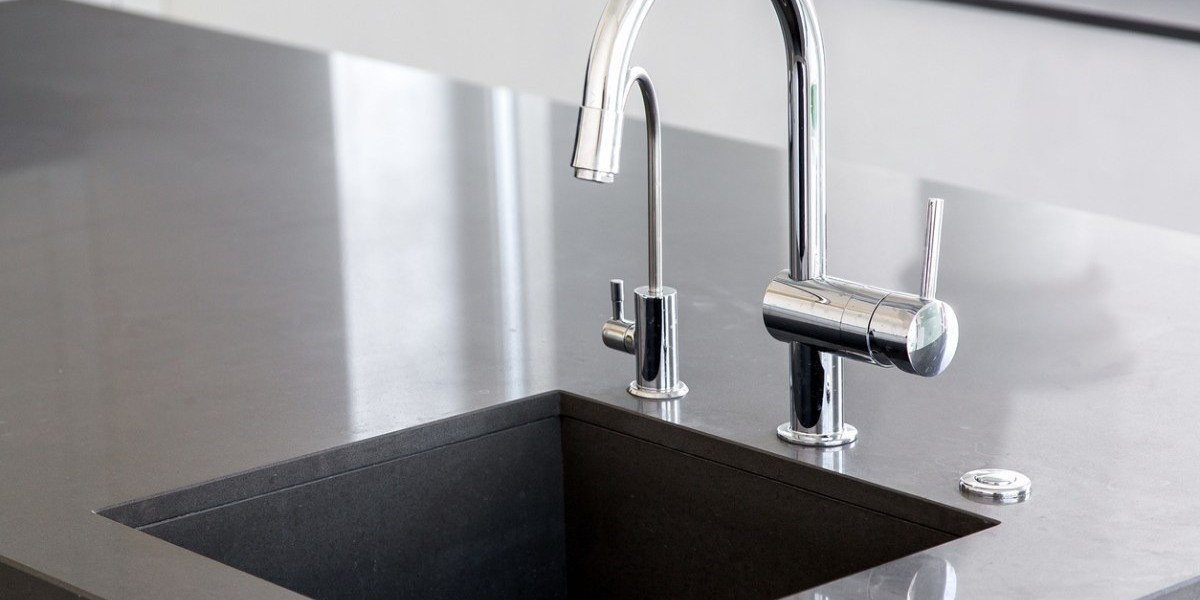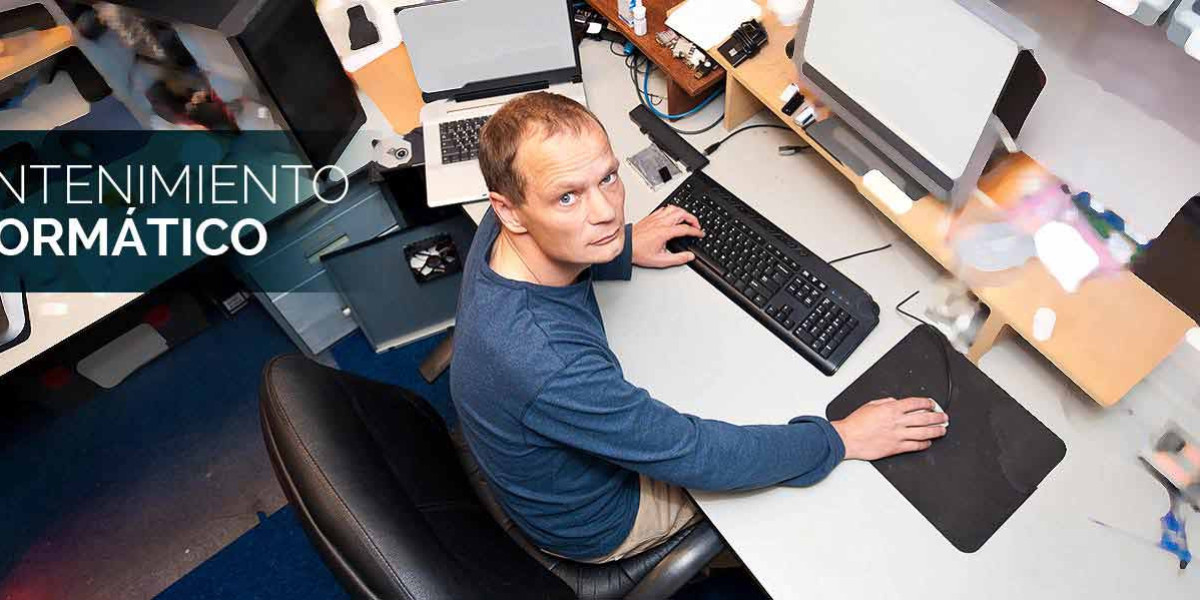Touchless faucets offer several benefits beyond convenience, notably in water conservation. At Taps and Tubs, we recognize the importance of sustainable living and the role touchless faucets play in achieving it. Below are eight ways these faucets contribute to saving water in both residential and commercial settings.
1. Precise Water Flow Control
Touchless faucets are equipped with sensors that accurately detect motion, allowing for precise control over water flow. Unlike traditional faucets that may run longer than necessary, touchless faucets shut off automatically when hands are removed, minimizing water waste. This feature ensures that only the required amount of water is dispensed for each use, promoting efficient water management.
2. Elimination of Drips and Leaks
Drips and leaks are common issues with traditional faucets, leading to significant water wastage over time. Touchless faucets, however, are designed with durable components and fewer moving parts, reducing the likelihood of leaks. The sensor-based activation also eliminates the need to touch handles, which can loosen over time and cause leaks. By preventing drips and leaks, touchless faucets help conserve water and reduce utility costs. At Taps and Tubs, your Aquant Dealer in Surat, we emphasize the benefits of choosing touchless faucets for their efficiency and reliability in maintaining a sustainable water management system.
3. Automatic Shut-Off Timer
Many touchless faucets feature an automatic shut-off timer that limits water flow duration. This timer can be adjusted to turn off the faucet after a preset period, ensuring that water is not left running inadvertently. Whether used in residential kitchens or public restrooms, this feature promotes water conservation by preventing prolonged water flow when the faucet is not in use.
4. Sensor Technology Efficiency
The sensor technology used in touchless faucets is designed for efficiency, activating water flow only when needed. These sensors respond to hand movements within a specified range, ensuring minimal activation time and reducing unnecessary water consumption. By eliminating the need to manually turn off the faucet, sensor technology optimizes water use and promotes sustainable practices in water management.
5. Water Pressure Regulation
Touchless faucets are equipped with mechanisms that regulate water pressure, optimizing flow without compromising performance. This regulation ensures that water is delivered efficiently for various tasks, from washing hands to filling containers. By maintaining consistent water pressure and flow, touchless faucets minimize water splashing and wastage, contributing to overall water conservation efforts.
6. Integration with Water-Saving Features
Many touchless faucets are designed with additional water-saving features, such as aerators and flow restrictors. These components enhance the faucet's efficiency by reducing water consumption without sacrificing performance. Aerators mix air with water to create a steady stream while conserving water, making touchless faucets an eco-friendly choice for households and businesses alike. At Taps and Tubs, we highlight the importance of these features in our selection of quality touchless faucets, ensuring our customers benefit from both efficiency and sustainability in their plumbing solutions.
7. Educational and Behavioral Impact
The hands-free operation of touchless faucets encourages users to be more conscious of their water usage habits. By promoting shorter water flow durations and reducing unnecessary wastage, touchless faucets help educate users about the importance of water conservation. This behavioral impact extends to children and adults alike, fostering sustainable practices in daily routines.
8. Compliance with Water Efficiency Standards
Touchless faucets often meet or exceed water efficiency standards set by regulatory bodies and certification programs. Manufacturers prioritize designing faucets that minimize water consumption while meeting performance requirements. By choosing touchless faucets that comply with these standards, consumers contribute to global efforts to conserve water resources and promote environmental sustainability.



